Original authors: Geng Kai, Eric, DFG
Introduction: The Biggest Bottleneck of Web3 is Not Infrastructure, But User Experience
The early stage of Web3 focused on innovation. At that time, some independent blockchains were launched with different priorities, including speed, security, composability, and community ownership. However, this burst of creativity led to ecosystem fragmentation, lack of interoperability, inconsistent tools, and isolated assets and liquidity.
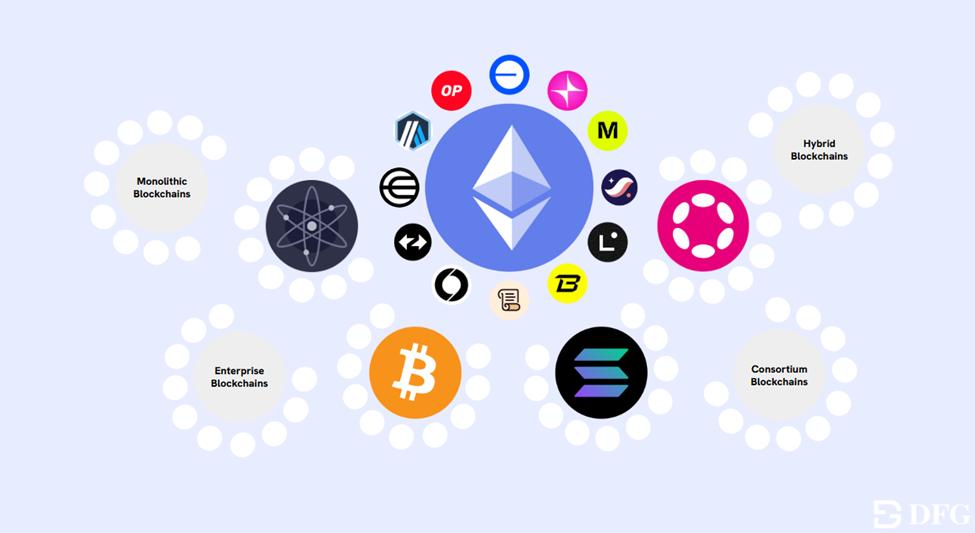
Web3 solved some difficult problems, but one challenge still hinders everything: user experience.
We are at a familiar turning point, identical to the early internet's evolution. Today, using a dApp is like browsing the internet in the 90s. For ordinary users, navigating blockchains, wallets, cross-chain bridges, gas fees, protocols, and signatures remains clumsy and unacceptable. These are not just minor issues, but obstacles to its widespread adoption.
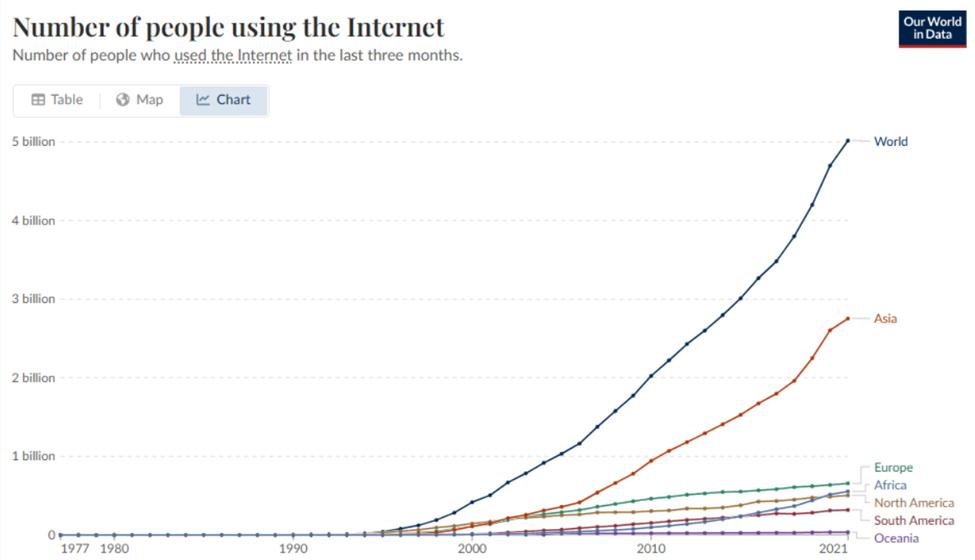
The introduction of TCP/IP and web browsers unlocked the internet and led to massive adoption.
The contradiction is obvious: while infrastructure is mature, user experience remains unchanged. With increasing institutional recognition, the launch of BTC and ETH ETFs, and the advancement of regulatory frameworks like the GENIUS Act, what limits cryptocurrency adoption is no longer infrastructure, but usability.
User Experience Abstraction Framework: From Friction to Fluidity
User experience abstraction is the process of systematically hiding the underlying complexity of blockchain interactions from end-users. It's not just about simplifying operations, but designing intelligent systems that can manage complexity on behalf of users. Just as the internet transitioned from IP addresses and command lines to browsers and applications, Web3 must transition from seed phrases and signatures to seamless, intent-driven interfaces.
This process consists of three abstraction stages, each representing deeper integration and a clearer path to mainstream usability.
Stage One: Straightforward User Experience Improvements
In the first stage, developers focus on minimizing friction within the existing Web3 mental model. Users still need to understand networks, wallets, and assets, but interfaces are streamlined to reduce context-switching. For example, decentralized exchanges now typically integrate cross-chain bridge protocols directly into their user interfaces, allowing users to transfer assets across chains without leaving the platform.

PancakeSwap's integration with multiple bridges like Celer, Stargate, and DeBridge
Wallets like Phantom and Trust are expanding their native ecosystems, offering one-stop multi-chain access services. Yield platforms like Superlend and Beefy aggregate investment opportunities across networks, enabling users to compare and deploy funds on a unified dashboard.
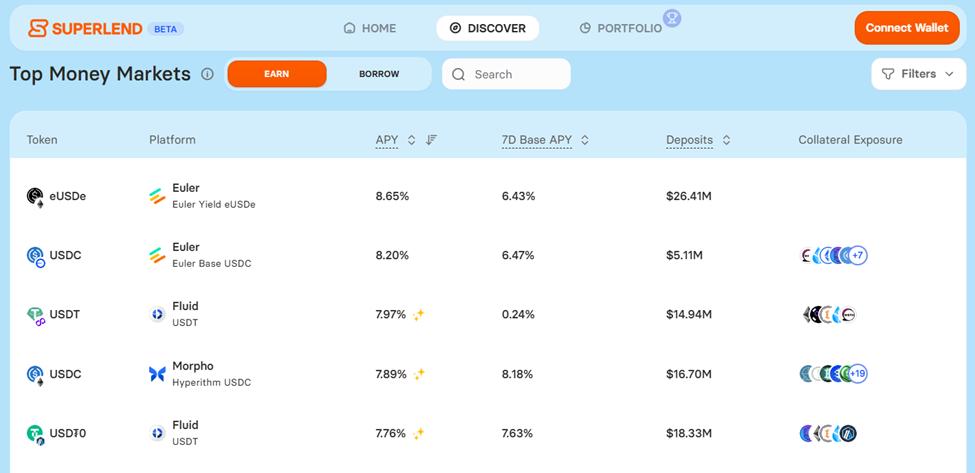
Cross-chain aggregated lending opportunities on Superlend
However, despite these advances, cognitive load remains. Users still need to track asset locations, manage gas tokens across different chains, and understand network-specific nuances. While this level of abstraction refines interfaces, it doesn't change the experience. The basic mental models of "which chain is this app on" and "I need to bridge and switch chains" still exist.
Stage Two: Execution Layer Abstraction
In the second stage, the complexity of Web3 interactions begins to shift from the interface to the execution layer. Users no longer need to understand or coordinate multi-step, cross-chain workflows. Instead, they simply define the desired action, and the application handles the rest.
This is enabled by technologies like ERC-4337 and gas abstraction, which eliminate the need for users to hold native gas tokens on every chain they interact with. Smart contracts or third-party relayers cover related costs through sponsorship or dynamic fee mechanisms. From the user's perspective, transactions proceed smoothly—without manually recharging wallets on unfamiliar chains.
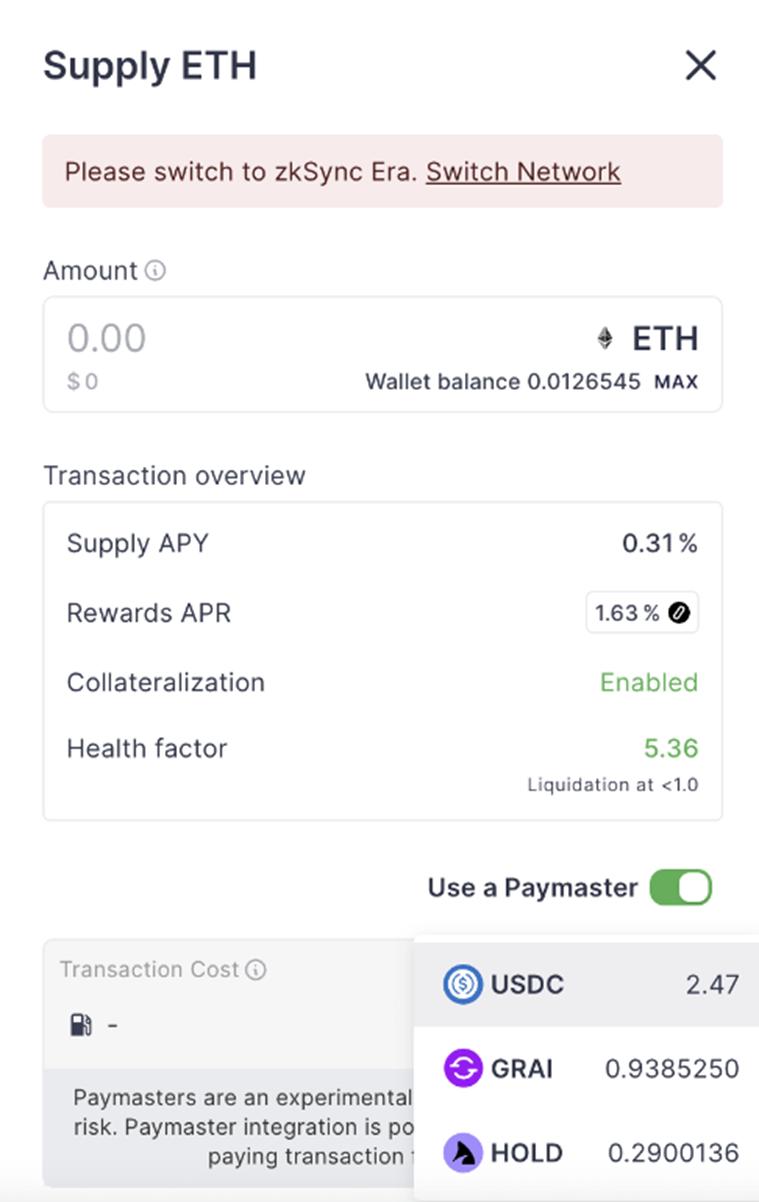
Zerolend Paymaster integration allowing gas payment with multiple tokens
Solver networks further enhance this advantage by introducing intent-based architectures. Instead of interacting with individual protocols, users express a result (like token swap or asset bridging), and competing solvers determine the most efficient execution path. Networks like Enso, Aori, and Khalani exemplify this model, providing cross-chain applications with optimal pricing and execution speed.

Cross-chain swap on Debridge
New token standards also play a crucial role. Solutions like LayerZero's OFT, Chainlink's CCT, and Wormhole's NTT simplify cross-chain token interoperability through burn-and-mint mechanisms, reducing liquidity fragmentation and de-pegging risks.
While these developments significantly reduce workflow complexity, users remain aware they're using blockchain systems. They must sign transactions, manage wallets, and understand that certain operations might fail due to underlying network issues. Abstraction has gone deeper into the stack, but it hasn't disappeared.
Stage Three: Complete Conceptual Abstraction
The third and most advanced layer of user experience abstraction makes blockchain completely invisible to users. At this level, concepts of chains, gas, and wallets cease to exist. The experience reflects Web2's simplicity—users act, results are delivered.
This is the emerging domain of super wallets and intent-centered agents. Platforms like NEAR Wallet, Particle Network, Turnkey, and OneBalance provide smart wallet infrastructure that abstracts private key management, supports Web2-style social logins, and aggregates user balances across chains. OKX's wallet exemplifies this approach, integrating gasless transactions and multi-chain support into an easy-to-use interface.
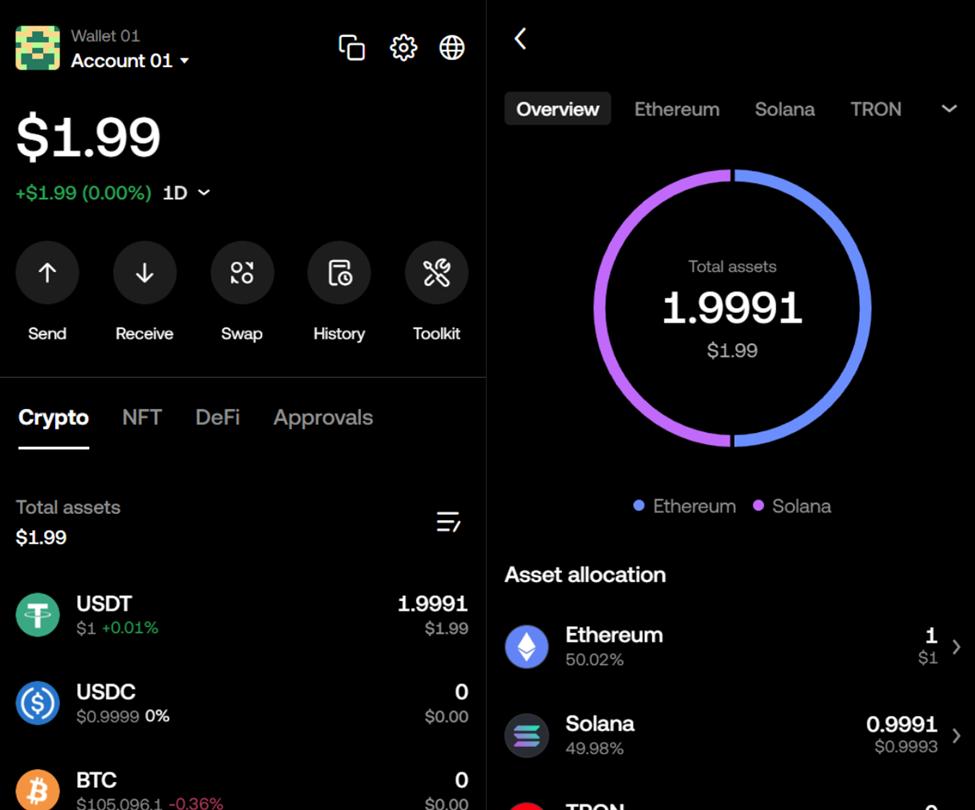
A promising innovation is NEAR Protocol's chain signatures, allowing users to sign transactions across multiple blockchains through a single NEAR account. This architecture uses multi-party computation (MPC) technology, eliminating the need for developers to redeploy contracts or build chain-specific signature logic.
DeFAI platforms like Griffain and HeyAnon offer groundbreaking interaction interfaces where users can express goals in natural language—like "stake my USDC to earn SOL yield"—with solvers executing necessary steps in the background. These systems use delegated wallets and session keys, avoiding repeated transaction approvals.
Combining the technology stacks from the first and second layers, these smart wallets and AI-enabled applications achieve the current highest level of user experience abstraction.
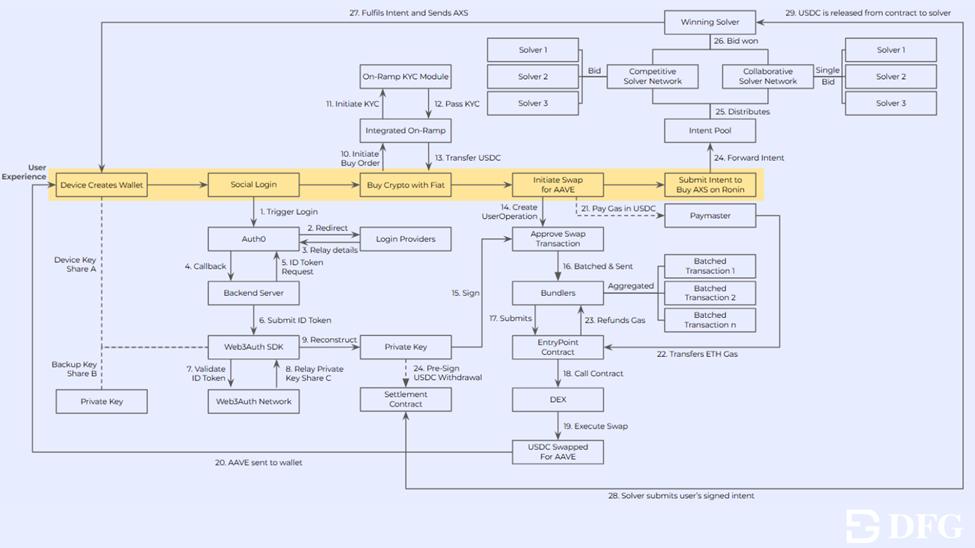
However, even at this level, abstraction is not absolute. If smart wallets don't support specific blockchains, the experience can quickly deteriorate. AI-supported platforms might still require users to understand relevant financial terminology. Moreover, developers and protocols often optimize for specific ecosystems, which can introduce subtle barriers even in blockchain-agnostic interfaces.
To overcome these limitations, developers must adopt a new mindset—prioritizing outcomes over infrastructure when designing experiences and striving for universality rather than ecosystem lock-in.
Why is User Experience Abstraction the Future of Web3?
Abstraction is a structural necessity for cryptocurrency scalability. The next wave of users won't learn to use blockchain. They expect applications that are smart enough to manage complexity invisibly, securely, and reliably.
Abstraction has facilitated this transformation by breaking down barriers between protocols and chains, eliminating tedious calculations for managing gas and keys, and aligning the cryptocurrency user experience with expectations set by modern Web2 products. Just as TCP/IP and HTTP enabled large-scale internet adoption, user experience abstraction is the application-level requirement for mass Web3 adoption.
Importantly, abstraction is not a one-size-fits-all solution. Native cryptocurrency users may still value detailed control and composability, while newcomers prefer simplicity. Supporting multi-level abstraction ensures Web3 can expand inclusively without alienating any group.
The Path Forward
The direction is clear: Web3's future is chainless. But achieving this goal requires more than technological breakthroughs—it demands a completely new mindset where developers' design goals focus on outcomes, not just protocols; wallets will become their agents; and user experience is no longer an afterthought, but a foundation.
With the right abstraction concept, users will no longer need to understand blockchain to use it. They will simply act—and dApps will deliver results.
Original article: https://dfg-official.medium.com/why-ux-abstraction-is-the-key-to-mass-web3-adoption-fe 4 c 76 e 0103 f
About DFG
Digital Finance Group (DFG) is a leading global Web3 investment and venture capital firm, established in 2015. DFG manages over $1 billion in assets, with investments spanning various domains within the blockchain ecosystem. Our investment portfolio includes over 100 pioneering projects such as Circle, Ledger, Coinlist, Near, Solana, Render Network, and ZetaChain.
At DFG, we are committed to creating value for our portfolio companies through market research, strategic consulting, and sharing our extensive global resources. We are actively collaborating with the most transformative and promising blockchain and Web 3.0 projects poised to revolutionize the industry.
DFG Website: https://dfg.group
DFG Twitter: @DFG__Official
DFG LinkedIn: DFG






